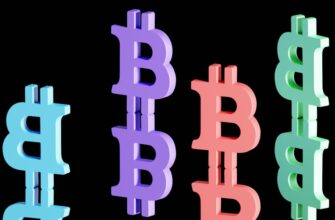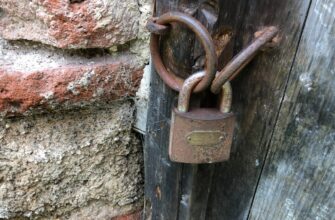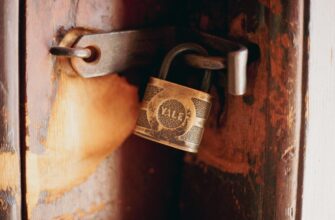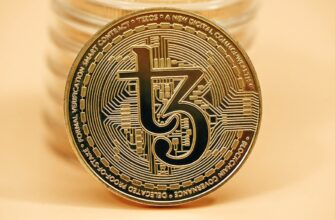## Why Use PayPal for Safe Online Shopping?
PayPal is a trusted payment platform used by over 430 million people worldwide. Its popularity stems from robust security features like purchase protection, encrypted transactions, and fraud monitoring. By acting as a middleman between buyers and sellers, PayPal ensures your financial details (like credit card numbers) are never directly shared with merchants, reducing the risk of data breaches.
**Key Security Benefits of PayPal:**
– **Buyer Protection:** Get refunds if your order never arrives or doesn’t match the seller’s description.
– **Encryption:** All transactions use advanced encryption to safeguard your data.
– **24/7 Fraud Monitoring:** PayPal’s systems detect suspicious activity and alert you.
– **Dispute Resolution:** Resolve issues with sellers through PayPal’s mediation tools.
—
## Steps to Buy Safely with PayPal
Follow these best practices to minimize risks when shopping online:
### 1. Verify the Seller’s Reputation
– Check reviews and ratings on platforms like eBay, Etsy, or Shopify.
– Avoid deals that seem “too good to be true” from unknown websites.
### 2. Ensure the Website is Secure
– Look for **https://** and a padlock icon in the browser’s address bar.
– Never enter your PayPal login on non-secure pages.
### 3. Use a Strong Password and Two-Factor Authentication (2FA)
– Enable 2FA in your PayPal account settings for an extra security layer.
– Avoid reusing passwords from other accounts.
### 4. Review Transaction Details Before Paying
– Double-check the item description, price, and shipping fees.
– Select “Goods and Services” (not “Friends and Family”) to qualify for Buyer Protection.
### 5. Monitor Your PayPal Account Activity
– Regularly review your transaction history for unauthorized payments.
– Set up email or SMS alerts for real-time notifications.
### 6. Keep Software Updated
– Install updates for your browser, antivirus, and PayPal app to patch vulnerabilities.
—
## Common PayPal Scams to Avoid
Stay vigilant against these tactics:
– **Phishing Emails:** Fake messages claiming to be from PayPal asking you to “confirm” login details. Always check the sender’s email address and avoid clicking suspicious links.
– **Fake Seller Listings:** Scammers impersonate legitimate businesses. Verify the seller’s contact information and website domain.
– **Overpayment Scams:** A “buyer” sends excess money and asks for a partial refund. This often involves stolen credit cards.
– **Fake Invoices:** Fraudsters send counterfeit invoices via PayPal. Only pay for orders you initiated.
—
## FAQs: How to Buy Safely with PayPal
**Q: How do I get a refund if something goes wrong?**
A: Open a dispute in PayPal’s Resolution Center within 180 days of payment. Provide evidence (e.g., screenshots, emails) to support your claim.
**Q: Is PayPal safe for buying from strangers?**
A: Yes, but only if you use “Goods and Services.” Avoid “Friends and Family” payments for purchases, as they offer no Buyer Protection.
**Q: What should I do if I’m scammed?**
A: Report the transaction to PayPal immediately and contact your bank if unauthorized charges occur. Change your PayPal password.
**Q: Can I use PayPal on unsecured websites?**
A: No. Always ensure the site has **https://** and a valid security certificate before entering payment details.
**Q: Does PayPal Buyer Protection cover all purchases?**
A: Most physical goods and services are covered, but exceptions include real estate, vehicles, and intangible items (e.g., digital art without delivery proof).
—
By following these guidelines, you can leverage PayPal’s security tools to shop confidently. Always stay alert, verify seller credibility, and monitor your account to prevent fraud.








